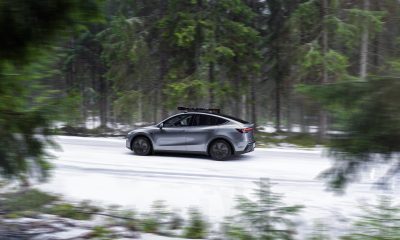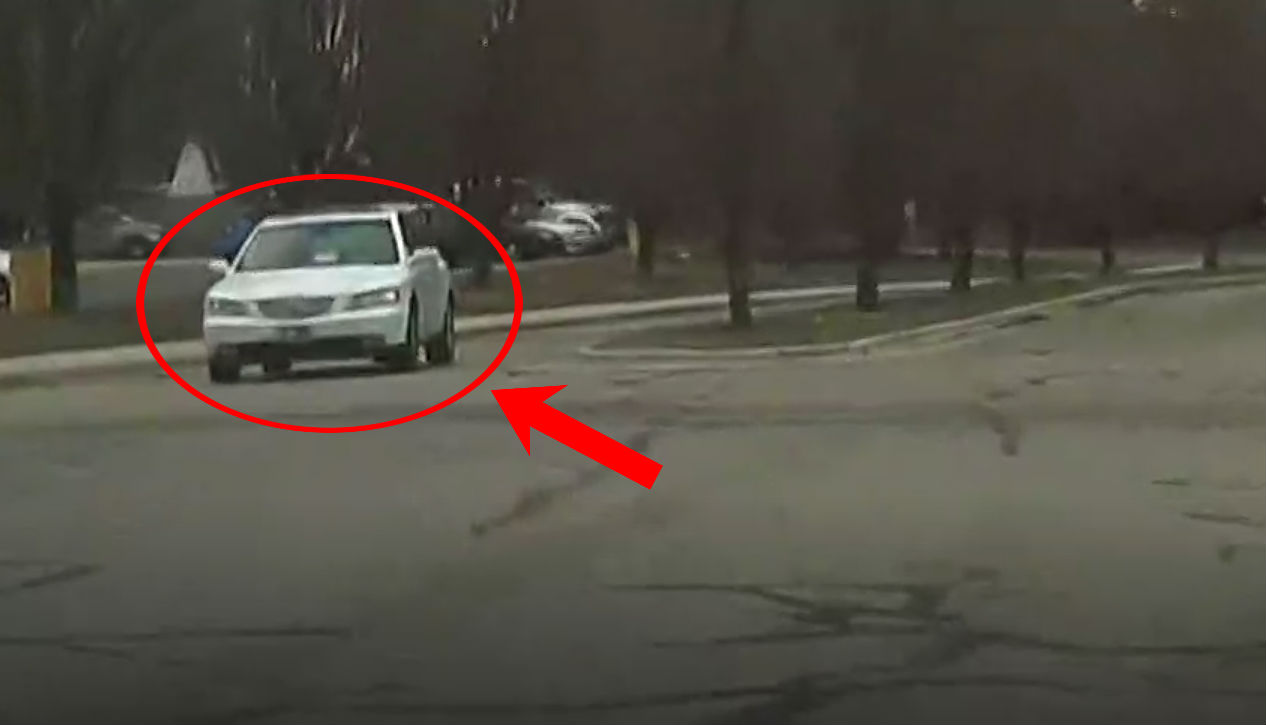

News
Tesla’s built-in dashcam helps identify suspect in road rage incident
Tesla’s built-in dashcam recently helped the case of an electric car owner who was assaulted following a road rage incident at Meridian, Idaho earlier this week. The incident, which started from a simple misunderstanding on the road, resulted in the electric car owner receiving multiple blows to the head and the suspect being booked on a misdemeanor battery charge.
Len Anderson was driving home on his Tesla last Tuesday when he passed a white Hyundai sedan that was taking a left turn off E. Presidential Drive in Meridian. While the Hyundai’s driver used his blinkers to indicate that he was turning left, Anderson figured that he had right of way. As such, he opted to accelerate. This decision, as well as the speed of his car due to its instant torque, did not sit well with the Hyundai’s driver.
In a statement to local media outlet Idaho News, Anderson stated that the Hyundai driver eventually followed him home. At one point, the driver of the white sedan rolled down his window and reportedly yelled at the electric car owner.
“This guy thinks (he’s) cool zipping down the road cutting off people with his Tesla. How dare you drive like that when we have a baby in our car!” the driver said, according to Anderson.
Things only escalated from there. Anderson noted that as he was heading to his mailbox to pick up his mail, the Hyundai’s driver got out of his car and started taking footage of his house and his Tesla. The white sedan’s driver then reportedly closed in, resulting in Anderson yelling at the man to step back. With the driver just inches from his face, Anderson pushed the man away, resulting in the driver’s phone getting knocked out of his hand.
It did not take long before Anderson was knocked to the ground by a punch from the Hyundai’s driver. The Tesla owner noted that the man hit him around 20 times in the head as he lay in a fetal position. Fortunately, Anderson was able to get a photo of the man before he was assaulted, which was later shared online by the Meridian Police Department. The suspect, who was identified as 36-year-old Walter Gage Anderson turned himself in to his probation and parole officer after. Footage from the electric car’s built-in dashcam provided further evidence in the incident.
Reviewing the footage from the built-in dashcam of Anderson’s Tesla, a representative of Meridian PD noted that the electric car owner did not violate traffic rules when he crossed the intersection.
“He was following the correct traffic procedures. I think he may have sped up a little bit at the intersection, but he definitely had the right of way. And it’s really not even about the right of way rule. It really is about common courtesy. You don’t know who you’re dealing with in that other vehicle. No reason to try to get into a physical confrontation with anybody,” the Meridian PD representative said in a statement to KTVB-TV.
Tesla’s built-in dashcam feature was rolled out by the electric car maker to aid drivers in situations similar to those faced by Anderson. By providing footage of what transpired on the road, Tesla owners would be able to back up their side of the story in case they find themselves in an untoward situation. Such an event happened last October, when a Tesla Model 3 was involved in a nighttime accident with a Honda Accord that did not have its lights on. When authorities arrived, the Model 3 owner and the driver of the Accord provided different accounts of the incident. Fortunately, video from the electric car’s built-in dashcam quickly proved the Tesla owner’s point.
Watch a news segment featuring Anderson’s footage from his Tesla’s built-in dashcam in the video below.
News
Tesla cleared in Canada EV rebate investigation
Tesla has been cleared in an investigation into the company’s staggering number of EV rebate claims in Canada in January.
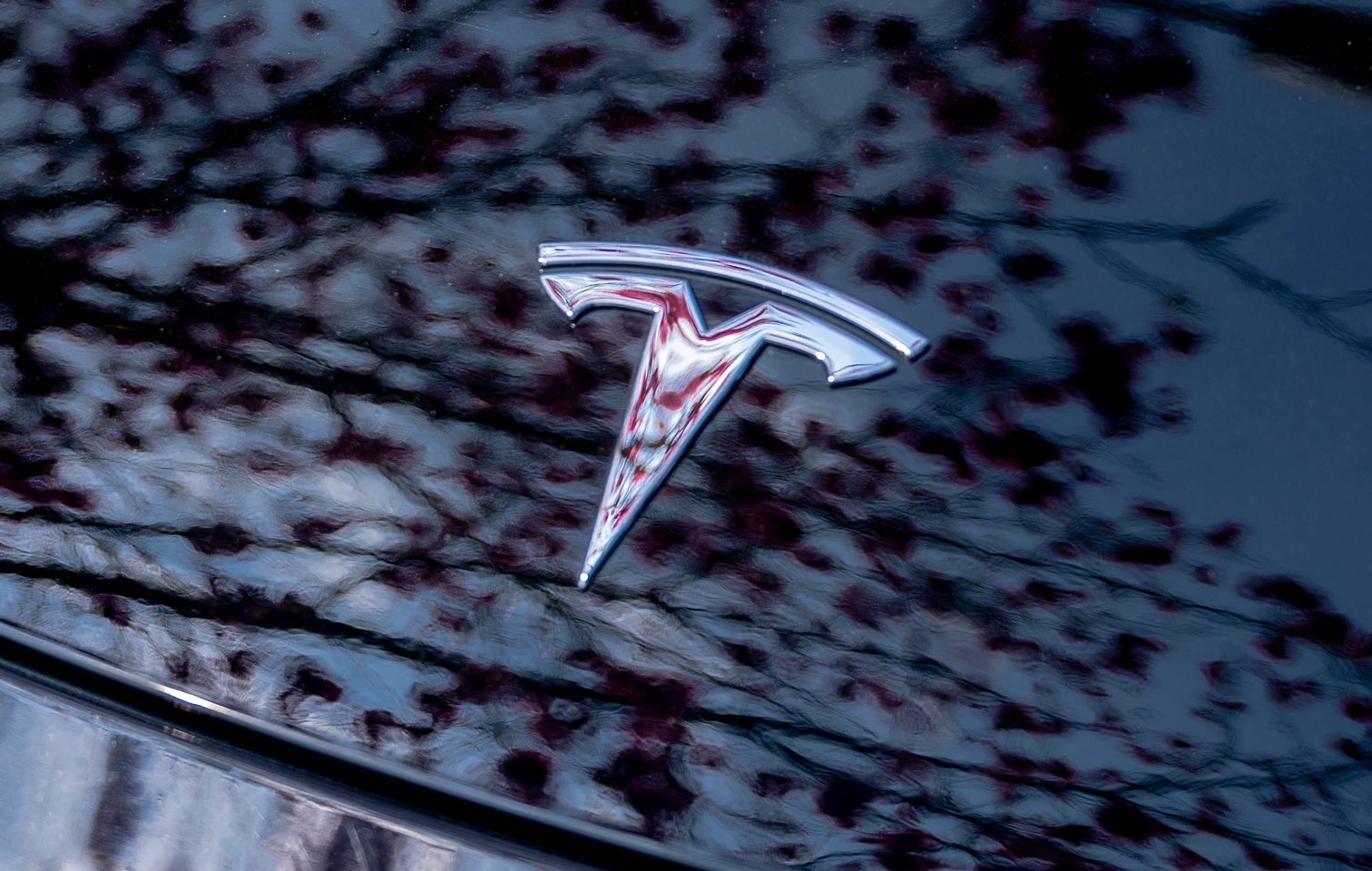
Canadian officials have cleared Tesla following an investigation into a large number of claims submitted to the country’s electric vehicle (EV) rebates earlier this year.
Transport Canada has ruled that there was no evidence of fraud after Tesla submitted 8,653 EV rebate claims for the country’s Incentives for Zero-Emission Vehicles (iZEV) program, as detailed in a report on Friday from The Globe and Mail. Despite the huge number of claims, Canadian authorities have found that the figure represented vehicles that had been delivered prior to the submission deadline for the program.
According to Transport Minister Chrystia Freeland, the claims “were determined to legitimately represent cars sold before January 12,” which was the final day for OEMs to submit these claims before the government suspended the program.
Upon initial reporting of the Tesla claims submitted in January, it was estimated that they were valued at around $43 million. In March, Freeland and Transport Canada opened the investigation into Tesla, noting that they would be freezing the rebate payments until the claims were found to be valid.
READ MORE ON ELECTRIC VEHICLES: EVs getting cleaner more quickly than expected in Europe: study
Huw Williams, Canadian Automobile Dealers Association Public Affairs Director, accepted the results of the investigation, while also questioning how Tesla knew to submit the claims that weekend, just before the program ran out.
“I think there’s a larger question as to how Tesla knew to run those through on that weekend,” Williams said. “It doesn’t appear to me that we have an investigation into any communication between Transport Canada and Tesla, between officials who may have shared information inappropriately.”
Tesla sales have been down in Canada for the first half of this year, amidst turmoil between the country and the Trump administration’s tariffs. Although Elon Musk has since stepped back from his role with the administration, a number of companies and officials in Canada were calling for a boycott of Tesla’s vehicles earlier this year, due in part to his association with Trump.
News
Tesla Semis to get 18 new Megachargers at this PepsiCo plant
PepsiCo is set to add more Tesla Semi Megachargers, this time at a facility in North Carolina.
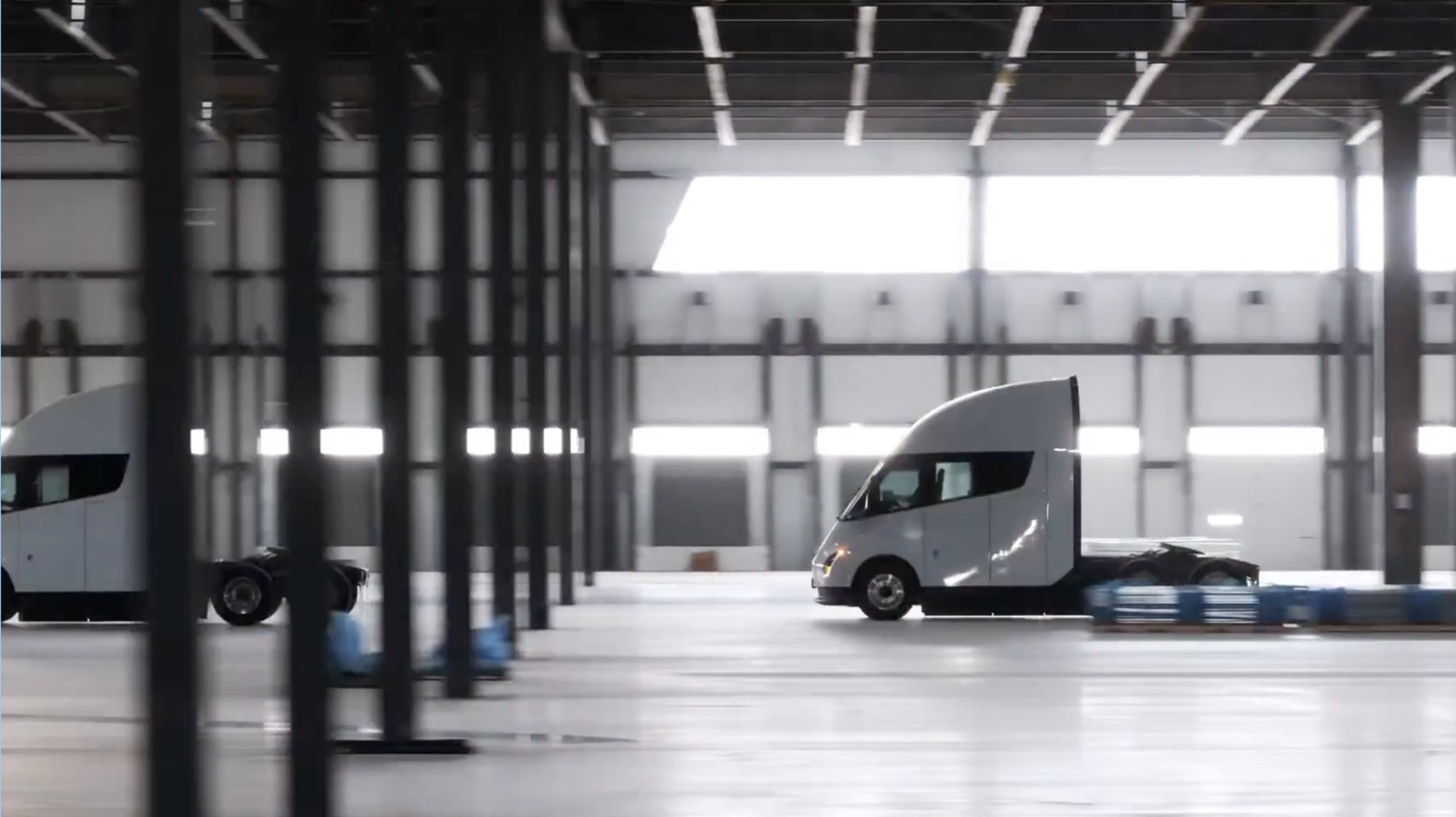
Tesla partner PepsiCo is set to build new Semi charging stations at one of its manufacturing sites, as revealed in new permitting plans shared this week.
On Friday, Tesla charging station scout MarcoRP shared plans on X for 18 Semi Megacharging stalls at PepsiCo’s facility in Charlotte, North Carolina, coming as the latest update plans for the company’s increasingly electrified fleet. The stalls are set to be built side by side, along with three Tesla Megapack grid-scale battery systems.
The plans also note the faster charging speeds for the chargers, which can charge the Class 8 Semi at speeds of up to 1MW. Tesla says that the speed can charge the Semi back to roughly 70 percent in around 30 minutes.
You can see the site plans for the PepsiCo North Carolina Megacharger below.
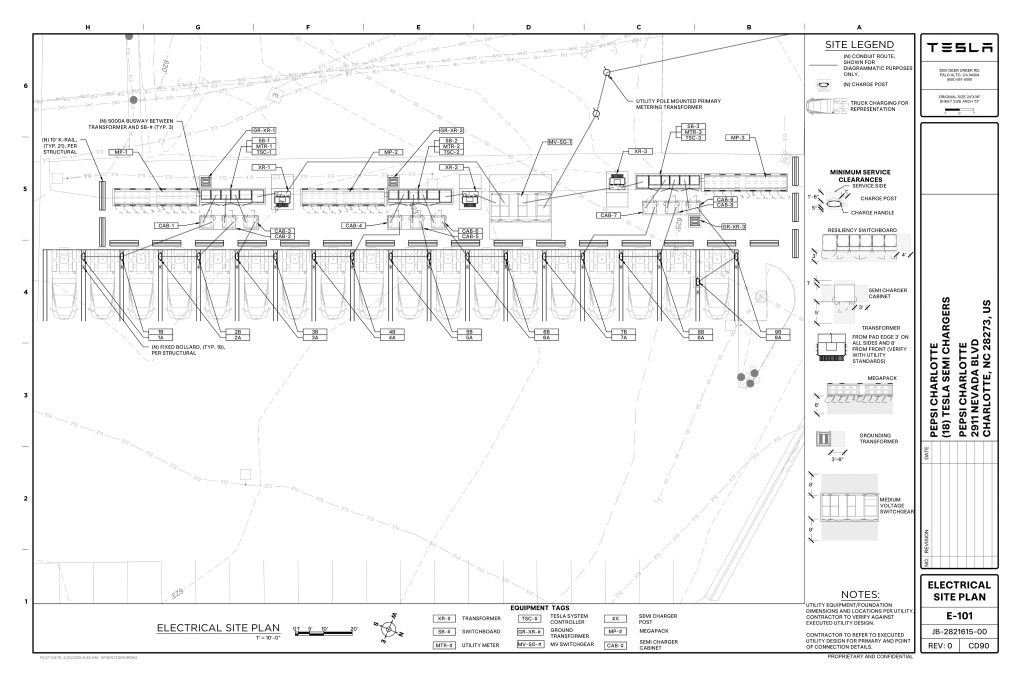
Credit: PepsiCo (via MarcoRPi1 on X)
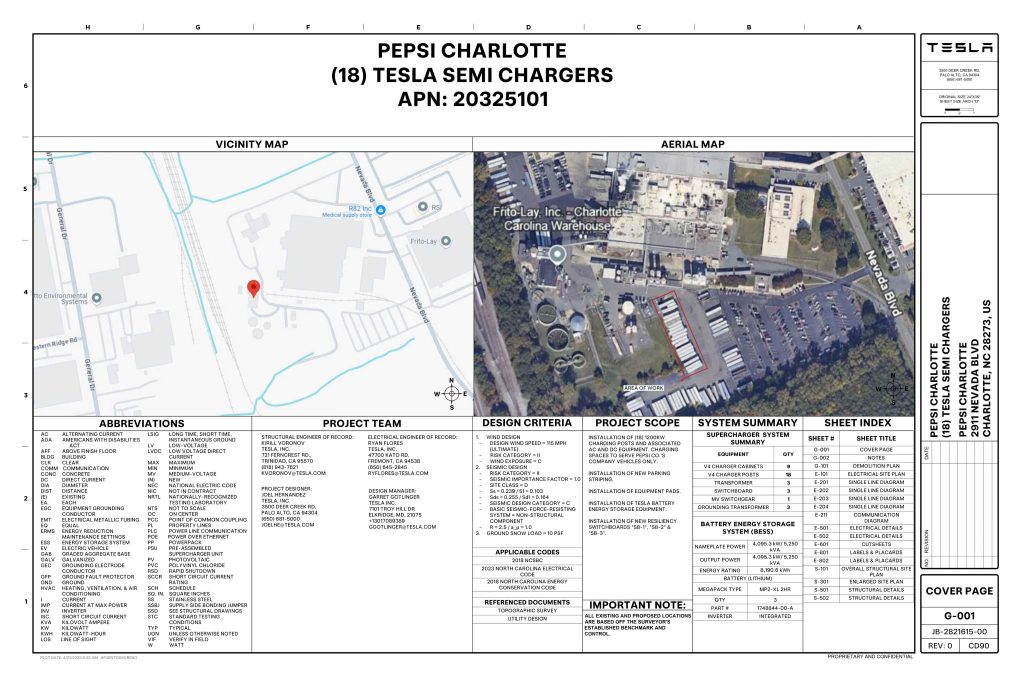
Credit: PepsiCo (via MarcoRPi1 on X)
READ MORE ON THE TESLA SEMI: Tesla to build Semi Megacharger station in Southern California
PepsiCo’s Tesla Semi fleet, other Megachargers, and initial tests and deliveries
PepsiCo was the first external customer to take delivery of Tesla’s Semis back in 2023, starting with just an initial order of 15. Since then, the company has continued to expand the fleet, recently taking delivery of an additional 50 units in California. The PepsiCo fleet was up to around 86 units as of last year, according to statements from Semi Senior Manager Dan Priestley.
Additionally, the company has similar Megachargers at its facilities in Modesto, Sacramento, and Fresno, California, and Tesla also submitted plans for approval to build 12 new Megacharging stalls in Los Angeles County.
Over the past couple of years, Tesla has also been delivering the electric Class 8 units to a number of other companies for pilot programs, and Priestley shared some results from PepsiCo’s initial Semi tests last year. Notably, the executive spoke with a handful of PepsiCo workers who said they really liked the Semi and wouldn’t plan on going back to diesel trucks.
The company is also nearing completion of a higher-volume Semi plant at its Gigafactory in Nevada, which is expected to eventually have an annual production capacity of 50,000 Semi units.
Tesla executive teases plan to further electrify supply chain
News
Tesla sales soar in Norway with new Model Y leading the charge
Tesla recorded a 54% year-over-year jump in new vehicle registrations in June.
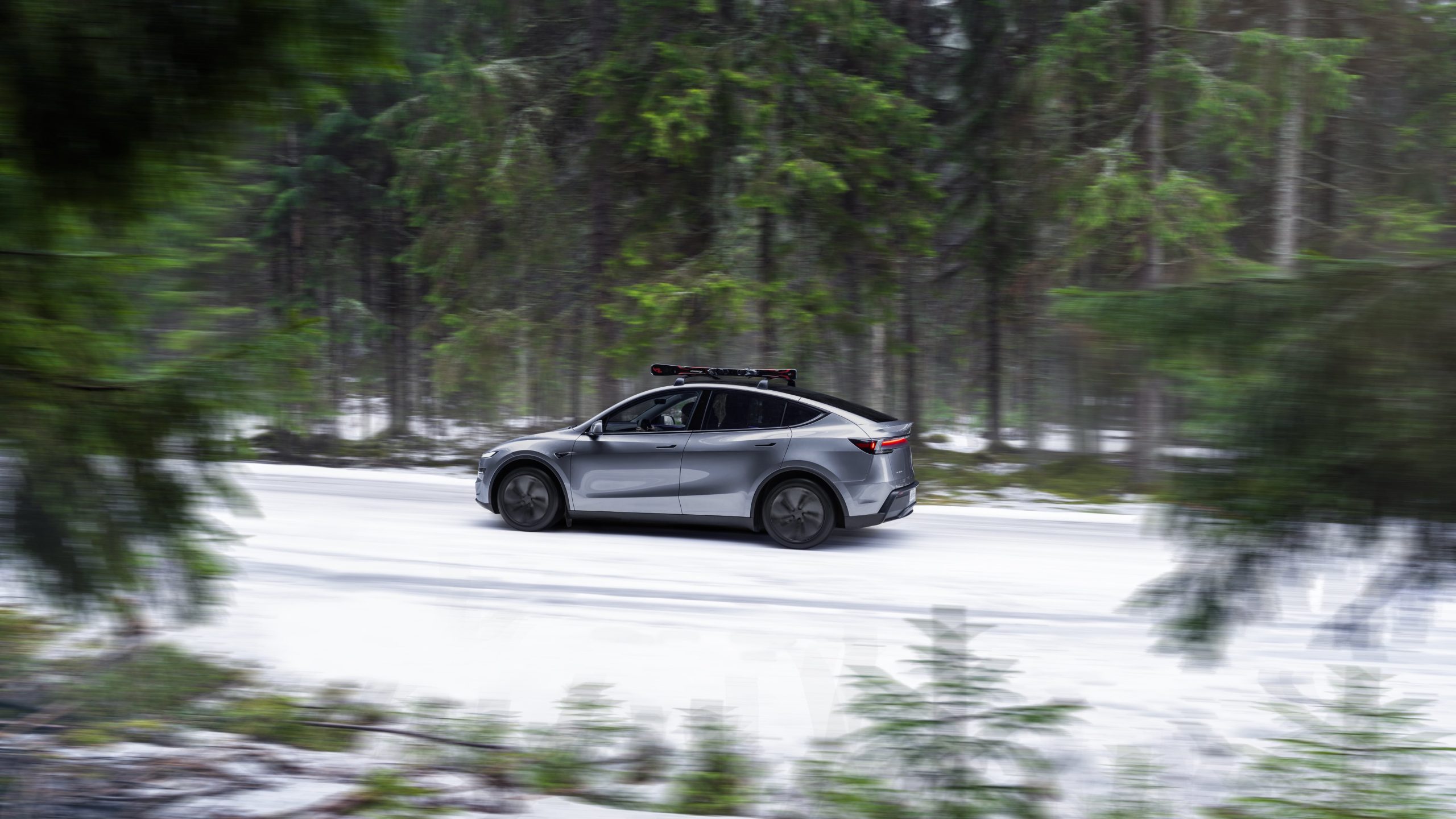
Tesla is seeing strong momentum in Norway, with sales of the new Model Y helping the company maintain dominance in one of the world’s most electric vehicle-friendly markets.
Model Y upgrades and consumer preferences
According to the Norwegian Road Federation (OFV), Tesla recorded a 54% year-over-year jump in new vehicle registrations in June. The Model Y led the charge, posting a 115% increase compared to the same period last year. Tesla Norway’s growth was even more notable in May, with sales surging a whopping 213%, as noted in a CNBC report.
Christina Bu, secretary general of the Norwegian EV Association (NEVA), stated that Tesla’s strong market performance was partly due to the updated Model Y, which is really just a good car, period.
“I think it just has to do with the fact that they deliver a car which has quite a lot of value for money and is what Norwegians need. What Norwegians need, a large luggage space, all wheel drive, and a tow hitch, high ground clearance as well. In addition, quite good digital solutions which people have gotten used to, and also a charging network,” she said.
Tesla in Europe
Tesla’s success in Norway is supported by long-standing government incentives for EV adoption, including exemptions from VAT, road toll discounts, and access to bus lanes. Public and home charging infrastructure is also widely available, making the EV ownership experience in the country very convenient.
Tesla’s performance in Europe is still a mixed bag, with markets like Germany and France still seeing declines in recent months. In areas such as Norway, Spain, and Portugal, however, Tesla’s new car registrations are rising. Spain’s sales rose 61% and Portugal’s sales rose 7% last month. This suggests that regional demand may be stabilizing or rebounding in pockets of Europe.
-

 Elon Musk2 weeks ago
Elon Musk2 weeks agoTesla investors will be shocked by Jim Cramer’s latest assessment
-

 Elon Musk2 days ago
Elon Musk2 days agoxAI launches Grok 4 with new $300/month SuperGrok Heavy subscription
-

 Elon Musk4 days ago
Elon Musk4 days agoElon Musk confirms Grok 4 launch on July 9 with livestream event
-

 News1 week ago
News1 week agoTesla Model 3 ranks as the safest new car in Europe for 2025, per Euro NCAP tests
-

 Elon Musk2 weeks ago
Elon Musk2 weeks agoA Tesla just delivered itself to a customer autonomously, Elon Musk confirms
-

 Elon Musk1 week ago
Elon Musk1 week agoxAI’s Memphis data center receives air permit despite community criticism
-

 News2 weeks ago
News2 weeks agoXiaomi CEO congratulates Tesla on first FSD delivery: “We have to continue learning!”
-

 Elon Musk1 week ago
Elon Musk1 week agoTesla scrambles after Musk sidekick exit, CEO takes over sales






